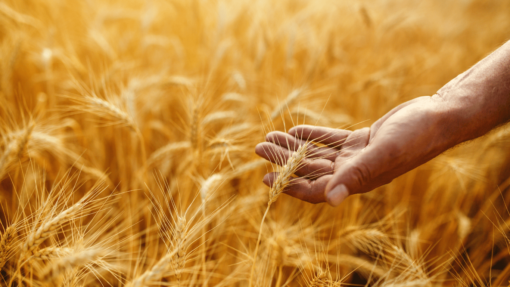The ongoing conflict between Russia and Ukraine, which began in February 2022, has had substantial humanitarian and economic implications. Among these repercussions is the disruption of trade, especially in agricultural markets. Ukraine’s grain and oilseed exports contracted by around 80% at the onset of the conflict. This has led to notable price fluctuations, particularly for crops like wheat and corn. For instance, wheat futures prices increased by up to 35% in response to the armed conflict. Despite these market changes, the price increases have been less significant than initially anticipated. To facilitate the movement of agricultural products, the European Union established the EU Solidarity Lanes in May 2022. Additionally, the Black Sea Grain Initiative was established with the support of Turkey and the United Nations to alleviate the challenges of blocked Black Sea ports due to the conflict.
Research into market reactions to major events is extensive, but fewer studies have examined how conflicts impact crop prices. Some research on this conflict suggests that crop prices did rise, but not due to overreactions. Moreover, the initiatives to improve transportation and unblock ports had limited influence on traders’ perceptions of the market. The price of wheat was more affected than corn, indicating concerns about broader disruptions in Black Sea shipments. Interestingly, other crops like soybeans responded less to the conflict or the port unblocking initiative.
Figure 1 shows how the futures price index for select grains and oilseeds responded weeks after the invasion and when the Black Sea Grain Initiative was established. The results in panel (a) show that within the initial nine weeks of the conflict, future prices of agricultural crops were about 16% higher compared to a hypothetical scenario without the conflict. As seen in panel (b), after the introduction of alternative transportation routes, the futures price index experienced a gradual decline. This suggests that the transportation initiative had a positive impact by reducing market uncertainty. However, the broader market sentiment was not significantly altered by the Black Sea Grain Initiative, and prices did not decrease further. A similar pattern is seen for the grain deal renewal in the Fall of 2022. These findings are significant for southern agricultural producers involved in the decision-making and trading of these commodities, highlighting the complex dynamics of market responses to geopolitical events and mitigation efforts.
Figure 1: Agricultural Commodity Futures Market Response to the Russia-Ukraine War and the Black Sea Grain Initiative.

Learn More
Carter, C. A., & Steinbach, S. (2023). “Did Grain Futures Prices Overreact to the Russia-Ukraine War?” MPRA Paper No. 118248. Available at: https://mpra.ub.uni-muenchen.de/id/eprint/118248.
Goyal, R., & Steinbach, S. (2023). Agricultural Commodity Markets in the Wake of the Black Sea Grain Initiative. Economics Letters, 111297. Available at: https://doi.org/10.1016/j.econlet.2023.111297.
Goyal, Raghav, and Snadro Steinbach. “Agricultural Commodity Markets Navigate Uncharted Waters Amidst Russia-Ukraine Conflict.” Southern Ag Today 3(34.4). August 24, 2023. Permalink


